Qiang Cai
Modified EDAS Method Based on Cumulative Prospect Theory for Multiple Attributes Group Decision Making with Interval-valued Intuitionistic Fuzzy Information
Nov 05, 2022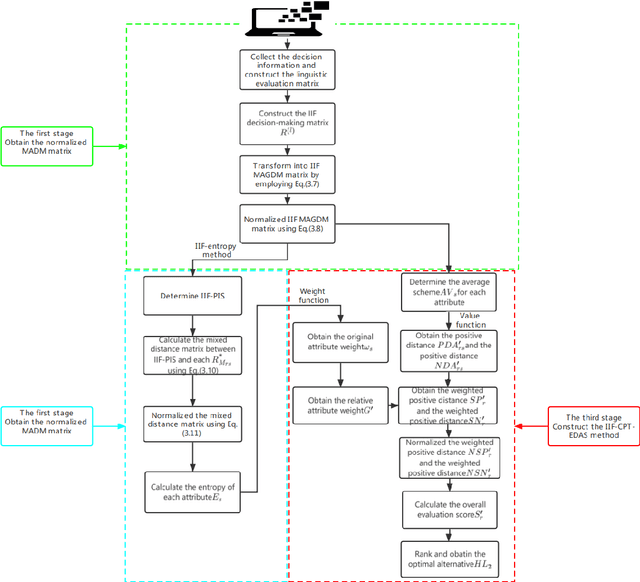
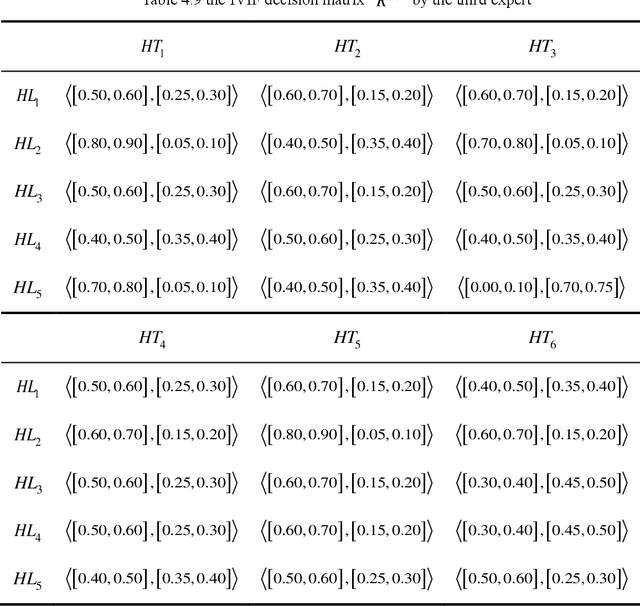
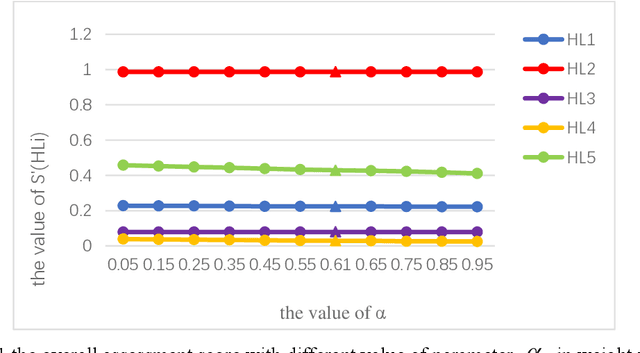
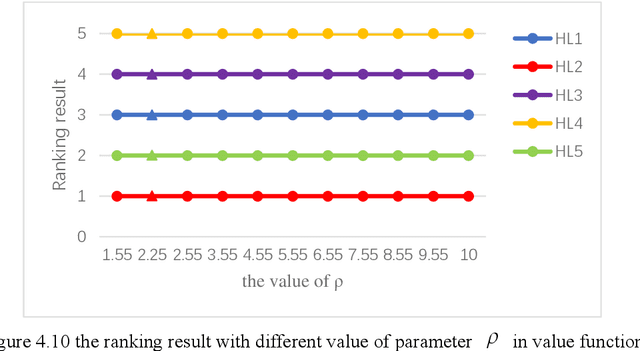
Abstract:The Interval-valued intuitionistic fuzzy sets (IVIFSs) based on the intuitionistic fuzzy sets combines the classical decision method is in its research and application is attracting attention. After comparative analysis, there are multiple classical methods with IVIFSs information have been applied into many practical issues. In this paper, we extended the classical EDAS method based on cumulative prospect theory (CPT) considering the decision makers (DMs) psychological factor under IVIFSs. Taking the fuzzy and uncertain character of the IVIFSs and the psychological preference into consideration, the original EDAS method based on the CPT under IVIFSs (IVIF-CPT-MABAC) method is built for MAGDM issues. Meanwhile, information entropy method is used to evaluate the attribute weight. Finally, a numerical example for project selection of green technology venture capital has been given and some comparisons is used to illustrate advantages of IVIF-CPT-MABAC method and some comparison analysis and sensitivity analysis are applied to prove this new methods effectiveness and stability.
Hierarchical and Progressive Image Matting
Oct 13, 2022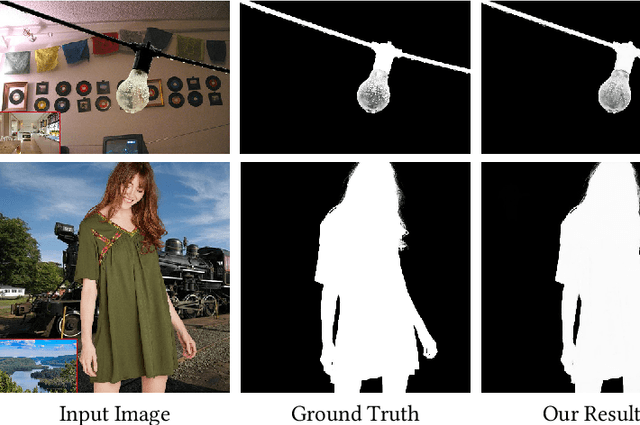
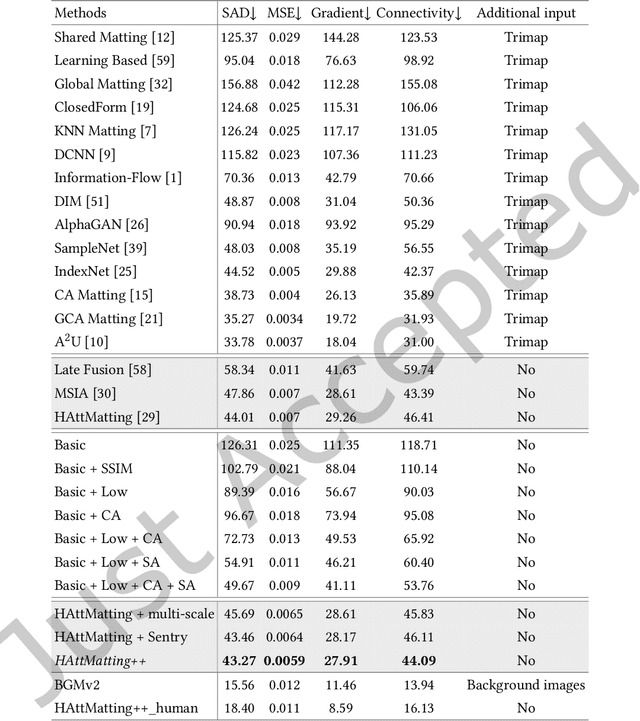
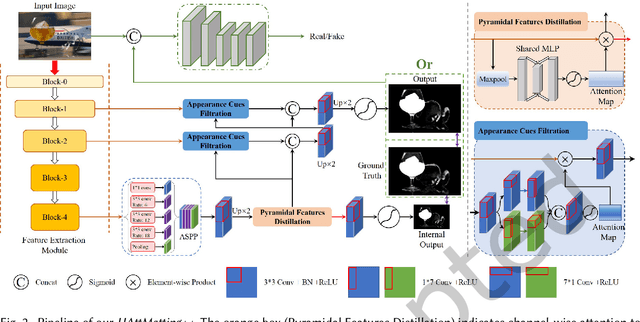
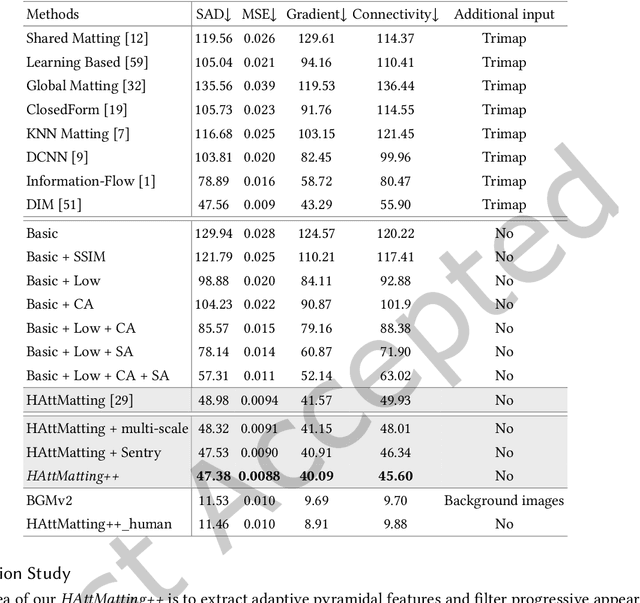
Abstract:Most matting researches resort to advanced semantics to achieve high-quality alpha mattes, and direct low-level features combination is usually explored to complement alpha details. However, we argue that appearance-agnostic integration can only provide biased foreground details and alpha mattes require different-level feature aggregation for better pixel-wise opacity perception. In this paper, we propose an end-to-end Hierarchical and Progressive Attention Matting Network (HAttMatting++), which can better predict the opacity of the foreground from single RGB images without additional input. Specifically, we utilize channel-wise attention to distill pyramidal features and employ spatial attention at different levels to filter appearance cues. This progressive attention mechanism can estimate alpha mattes from adaptive semantics and semantics-indicated boundaries. We also introduce a hybrid loss function fusing Structural SIMilarity (SSIM), Mean Square Error (MSE), Adversarial loss, and sentry supervision to guide the network to further improve the overall foreground structure. Besides, we construct a large-scale and challenging image matting dataset comprised of 59, 600 training images and 1000 test images (a total of 646 distinct foreground alpha mattes), which can further improve the robustness of our hierarchical and progressive aggregation model. Extensive experiments demonstrate that the proposed HAttMatting++ can capture sophisticated foreground structures and achieve state-of-the-art performance with single RGB images as input.
 Add to Chrome
Add to Chrome Add to Firefox
Add to Firefox Add to Edge
Add to Edge